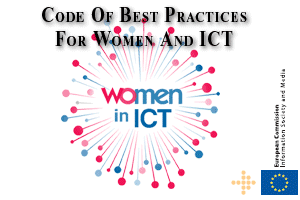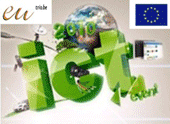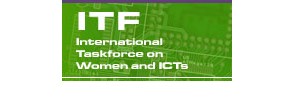|
Photo: APEC
Accounting for more than half of the world’s population, a significant portion – 70 percent – of the 1.3 billion people in the world living in poverty worldwide are women and two-thirds of those are not taught to read and write.
According to UNDP, women are responsible for 66 percent of the world's work but earn only 10 percent of the income and own just 1 percent of the world’s land. Most women throughout the world are relegated to low-skilled, low-wage jobs.
In May 2011 the former APEC Gender Focal Point Network (GFPN) and the private sector-oriented Women’s Leadership Network (WLN) joined forces creating a single public-private entity to streamline and elevate the influence of women’s issues within APEC. The new organization organized the Asia Pacific Economic Cooperation Women and the Economy Summit, 16th September 2011, San Francisco, CA. The event hosted senior-level representatives from the private and public sectors, non-governmental organizations, innovators and entrepreneurs.
There is rising awareness across the world that women are becoming an undeniable economic force. Women are increasingly at the center of the global economy. According to a survey of women by Boston Consulting Group, women are the world’s largest and fastest growing market, controlling or influencing three-quarters of the $18 trillion in global consumer spending.
A country's competitiveness correlates positively to those who possess a greater gender parity, resulting in better economic performance, competitiveness, and greater prosperity.
In the Asia-Pacific region, women’s potential remains largely underutilized. In an interview with World Affairs Commentary, Ambassador Melanne Verveer noted that “collectively, the 21 countries of the Asia Pacific region lose between $42 to $46 billion of GDP annually by not tapping into women’s economic potential.”
“Narrowing the gap in employment between men and women in emerging economies could raise incomes as much as 14 percent by 2020, and 20 percent by 2030” remarked U.S. Secretary of State Hillary Clinton at Second Annual Women in the World Stories and Solutions.
For the first time in APEC’s history the conference in San Francisco adopted a declaration that will affirm this organization’s and each member economy’s commitment to improving women’s access to capital and markets, to building women’s capacities and skills through attributing ICT a key role in these endeavours and to supporting the rise of women leaders in both the public and private sectors.
Download the remarks of Secretary of State Hillary Rodham Clinton at the event
Remarks_HRC.pdf 
Final Declaration of the Summit:
Final_SF_Declaration.pdf
Panelists in the conference included: Madame Meng, Vice President of the All-China Women’s Federation who gave opening remarks, Weili Dai, co-founder of Marvell Technologies Group Deborah Forte, President of Scholastic Entertainment Inc.; Kathy Hill, Senior Vice President of Cisco; Congresswoman Zoe Lofgren; Professor Claire Tomlin, Ph.D, U. C. Berkeley College of Engineering and Computer Sciences; and Dr. Telle Whitney, President and CEO of the Anita Borg Institute for Women and Technology.
For more information about the event contact dr. Patrice Braun, our Director of the Asia Pacific Centre for Women and Technology and Interim Director of CRIC, Ballarat, Australia who participated in the event. | 











